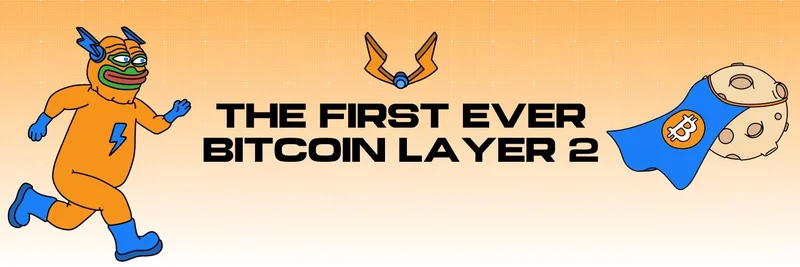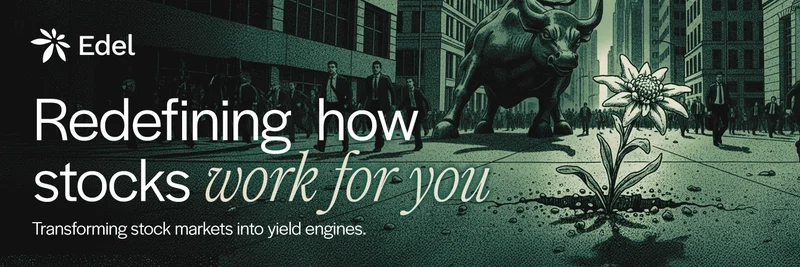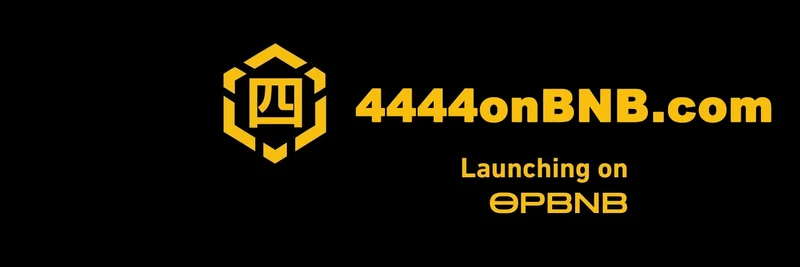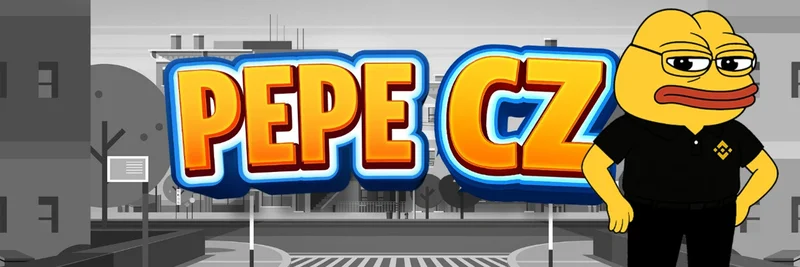Hey there, crypto enthusiasts! If you’ve been scrolling through X lately, you might have stumbled upon a bold statement from Nick White (@nickwh8te) posted on August 4, 2025. In his tweet [https://x.com/nickwh8te/status/1952451725174227344], he claims, “The only longterm sustainable source of REV for L1s is DA. Anyone who thinks otherwise is fooling themselves. Please @ me.” This sparked some curiosity, especially among blockchain practitioners and meme token fans like us at Meme Insider. Let’s break it down and see what this means for the future of Layer 1 (L1) blockchains!
What Are Layer 1 Blockchains and REV?
First things first—let’s clarify some terms. A Layer 1 blockchain, often called the “mainnet,” is the foundational network of a blockchain platform, like Bitcoin or Ethereum. It handles all on-chain transactions and acts as the public ledger’s source of truth, according to Built In’s explanation. These networks rely on validators (people or entities who secure the network) and need a steady income to keep running smoothly.
Now, REV stands for “Real Economic Value,” a concept introduced by Blockworks Research in 2024. It’s a new way to measure a blockchain’s revenue, including not just transaction fees but also things like “miner extractable value” (MEV)—extra profits validators can earn. Nick White’s tweet suggests that the long-term sustainability of L1 blockchains depends on Decentralized Applications (DAs), but what does that mean?
Decoding “DA” in This Context
In blockchain lingo, “DA” could stand for Decentralized Applications, which are apps that run on a blockchain, like decentralized finance (DeFi) platforms or NFT marketplaces. These apps drive activity on L1 networks by encouraging users to make transactions, pay fees, and interact with the ecosystem. Nick seems to argue that without a thriving DA ecosystem, L1 blockchains won’t generate enough REV to sustain themselves over time.
This makes sense when you think about it. According to HackerNoon’s analysis, many L1s rely on token subsidies (like minting new coins) to pay validators. But as these subsidies dry up, transaction fees and other revenues need to step up. DAs could be the game-changer here, bringing in more users and activity to boost those fees.
Why DAs Might Be the Future
Imagine a bustling marketplace on a blockchain where people trade meme tokens, play games, or lend crypto—all powered by DAs. Each action generates fees that go to validators, creating a steady revenue stream. For example, OAK Research notes that on Solana, tips (a form of MEV) have jumped from 30% to over 56% of total fees in less than a year. This shows how DAs and their activity can transform a blockchain’s economy.
Nick’s point seems to be that relying solely on token issuance or basic transaction fees isn’t enough. As block rewards decrease (like with Bitcoin), L1s need DAs to attract users and keep the network profitable. It’s a bold take, and he’s inviting debate with that “@ me” challenge—classic crypto Twitter move!
The Bigger Picture for Meme Token Lovers
At Meme Insider, we’re all about the latest trends in meme tokens and blockchain tech. DAs are huge for meme token ecosystems because they often host projects like decentralized trading platforms or NFT drops. If Nick is right, the success of L1s like Ethereum or Solana could depend on how well they support these quirky, community-driven apps. So, next time you’re hodling a meme coin, think about the DA powering its blockchain—it might be more important than you think!
What Do You Think?
Nick White’s tweet has stirred the pot, and we’d love to hear your thoughts. Is DA really the only sustainable source of REV for L1s? Drop your take in the comments or hit up Nick on X! For more juicy blockchain insights, stick with us at Meme Insider as we dive deeper into the world of crypto and meme tokens.




